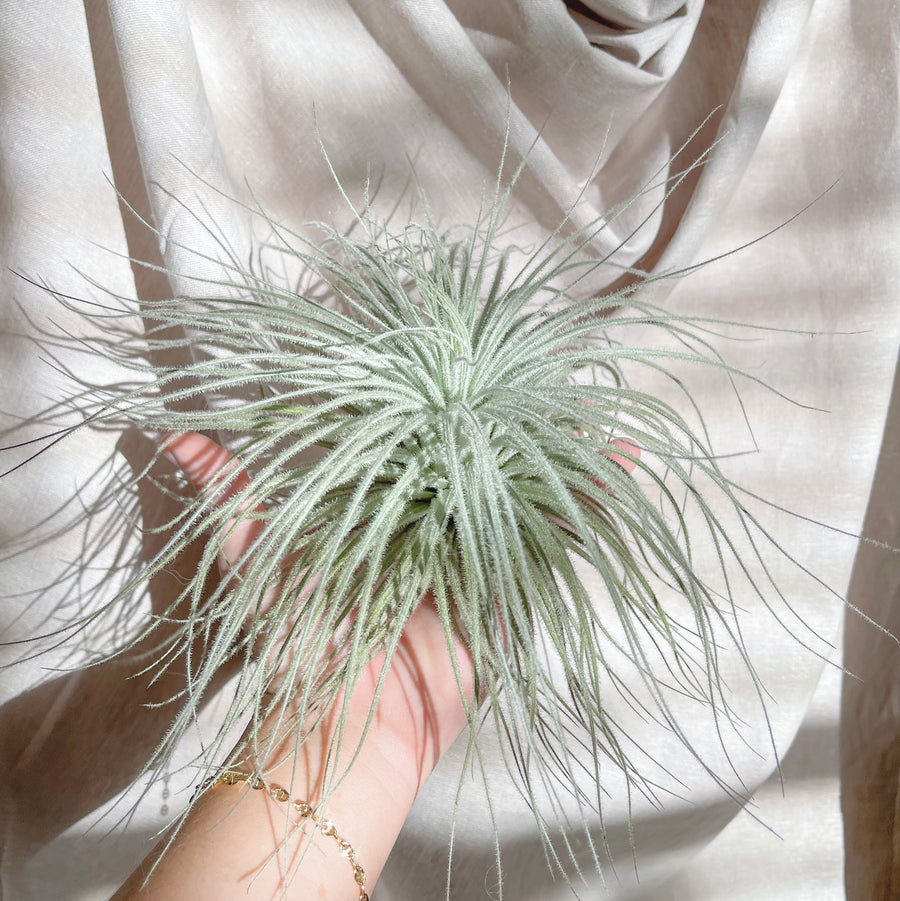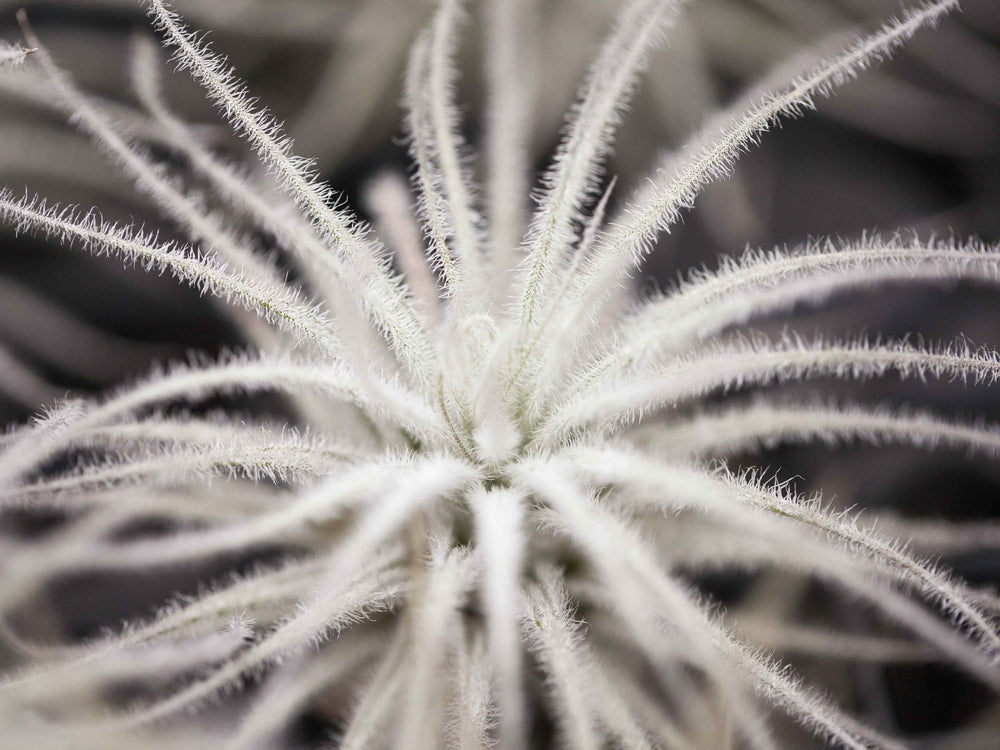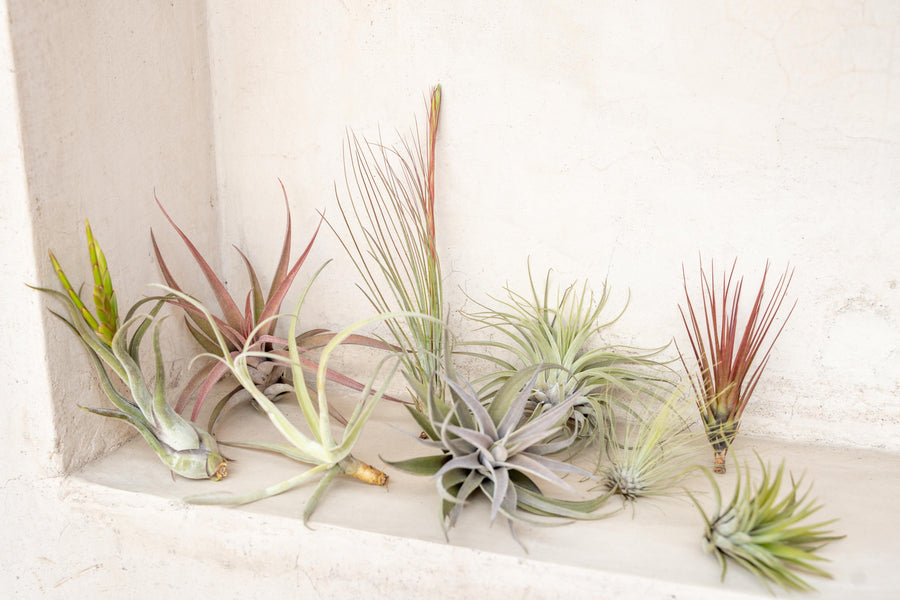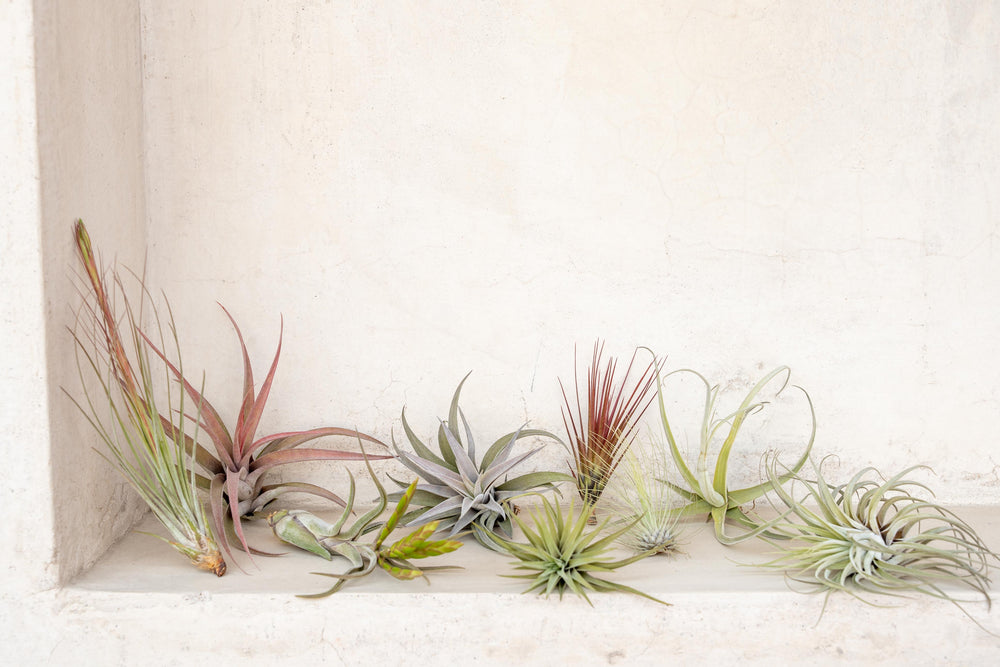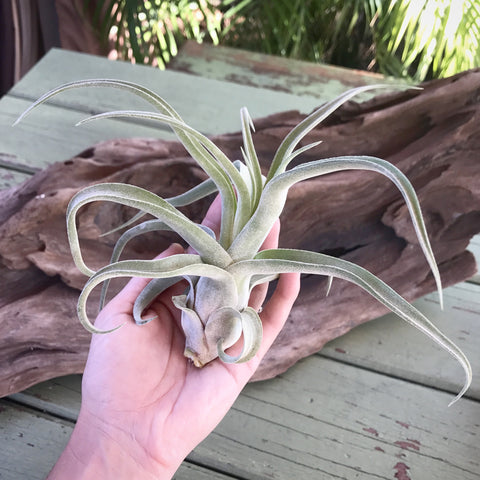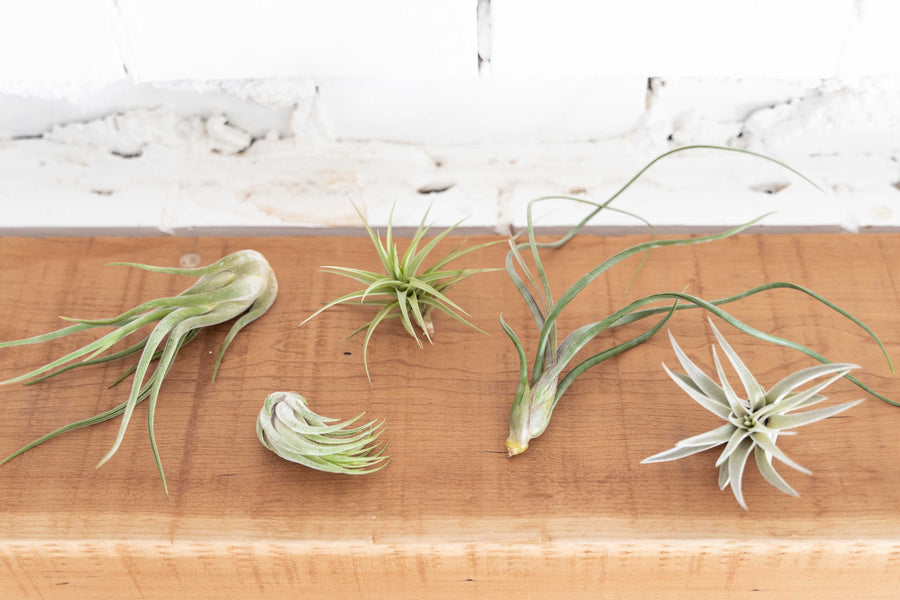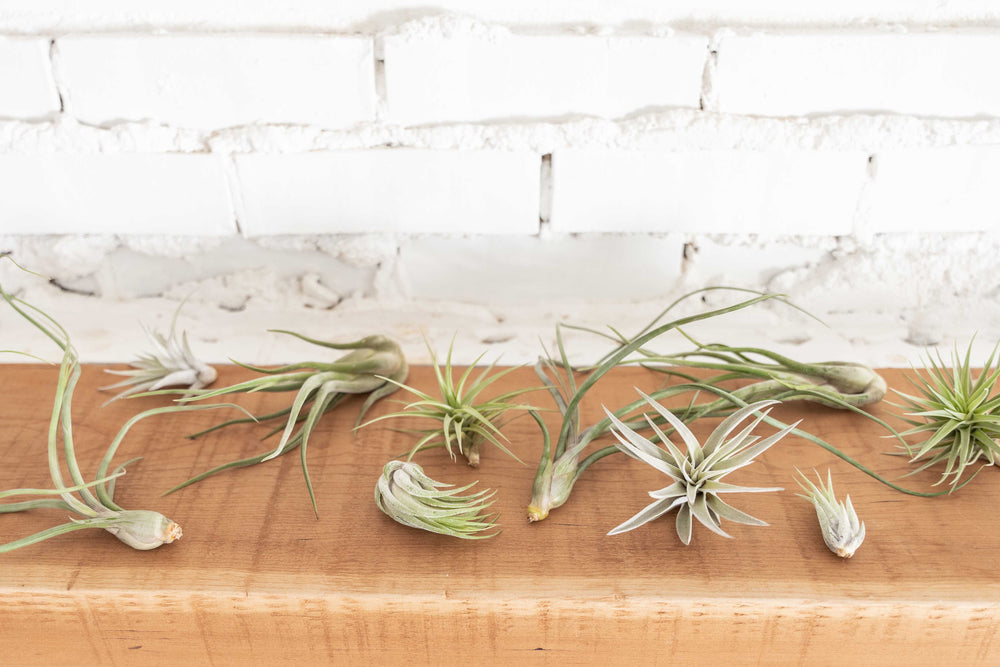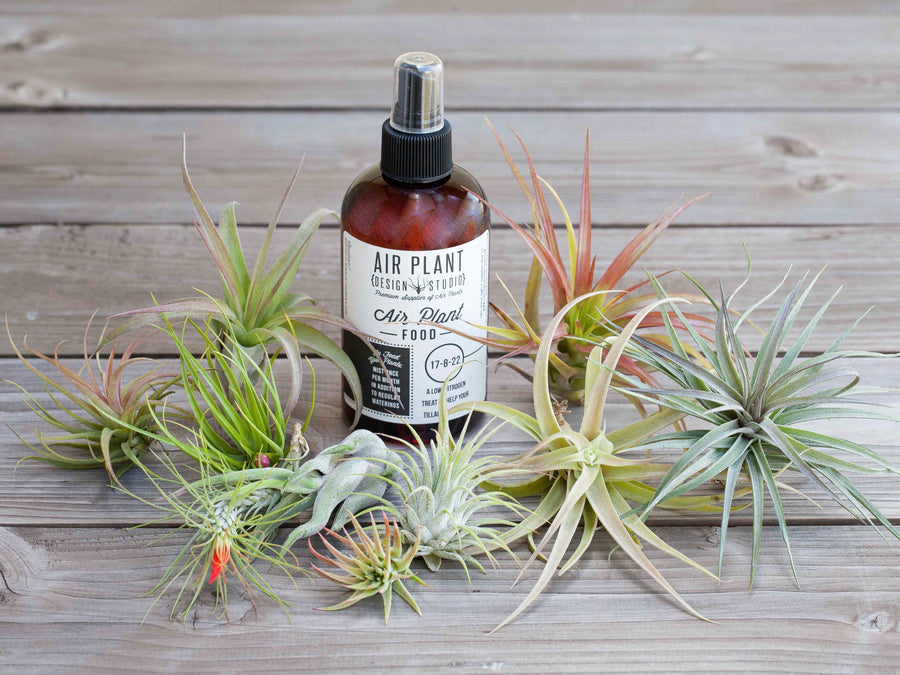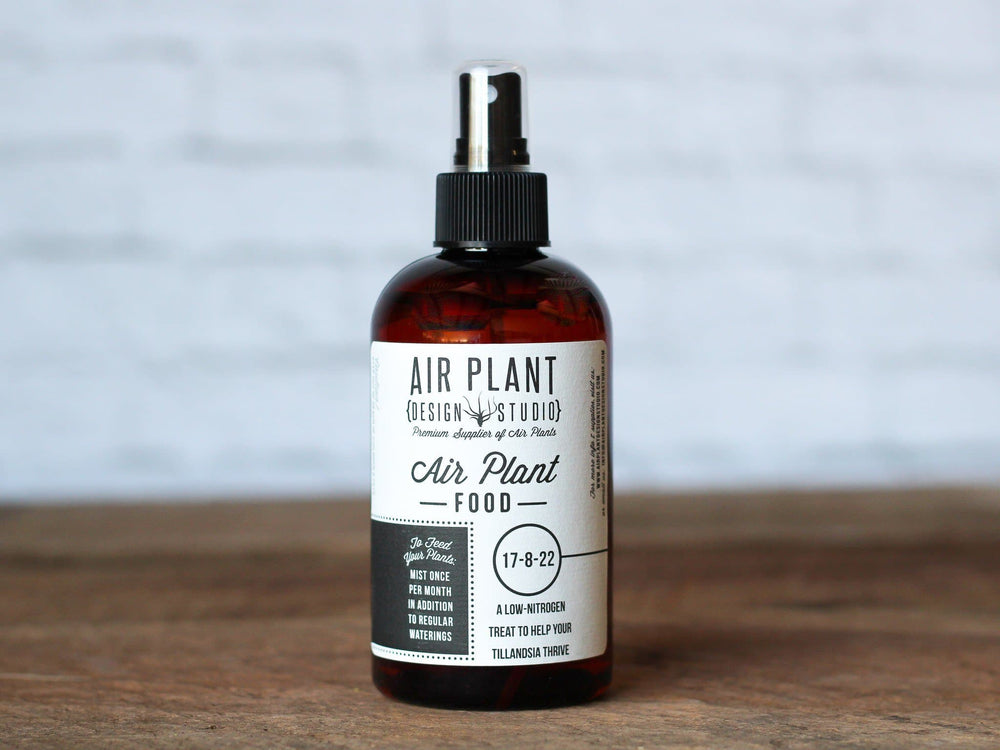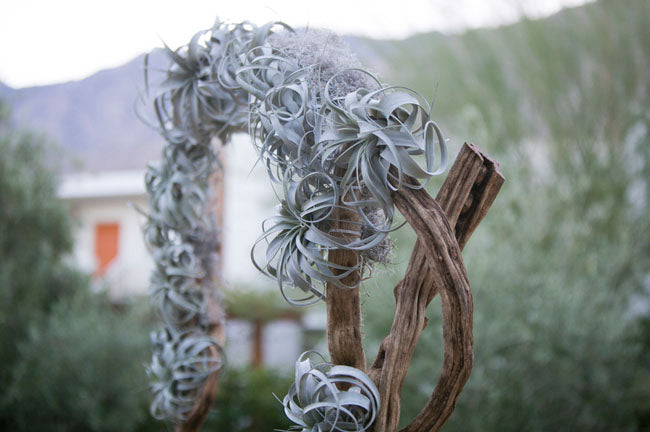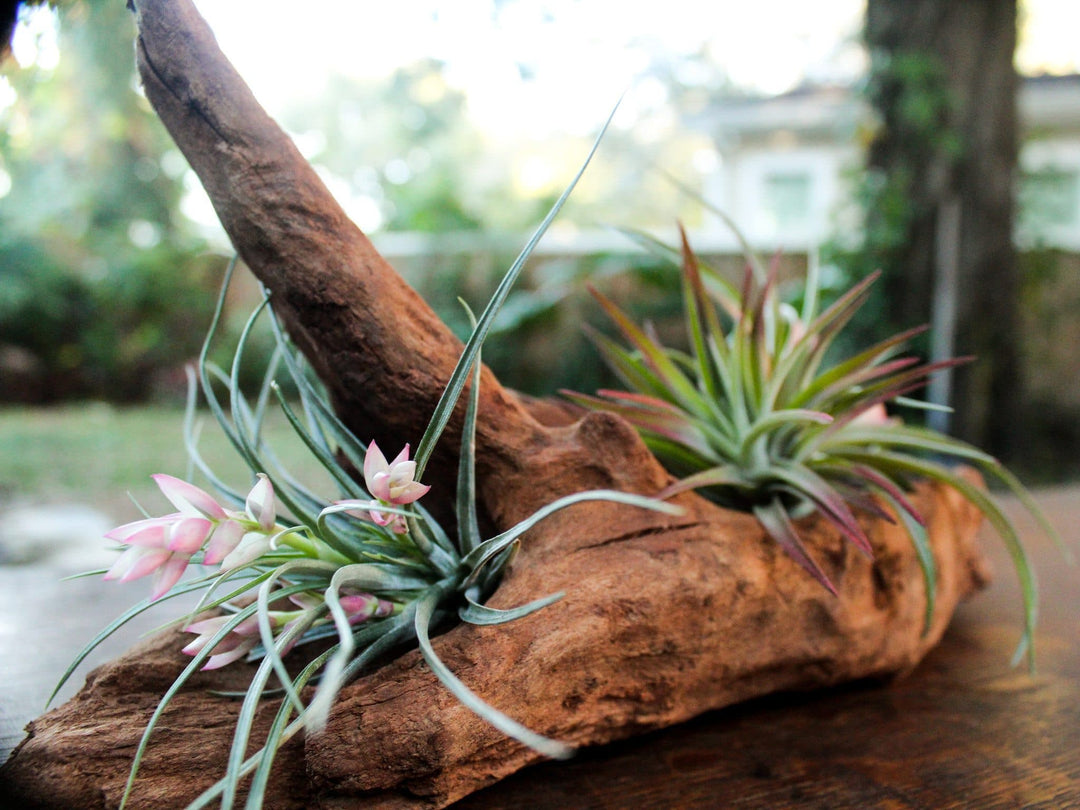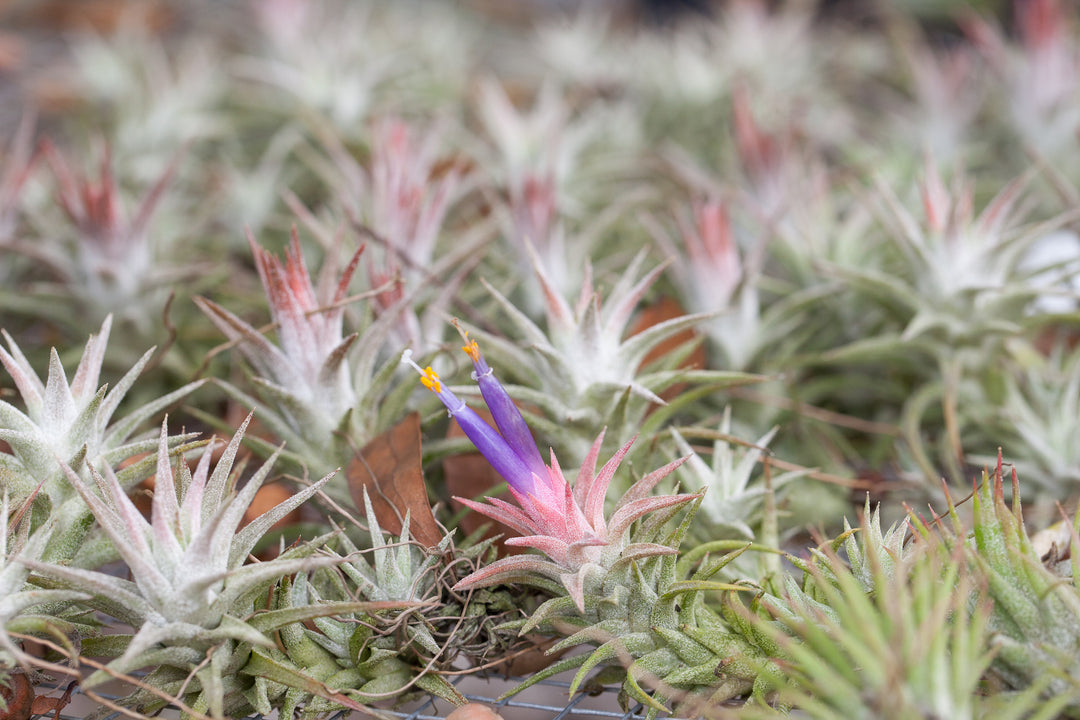Air Plant Propagation: Pups!
Let's talk about making babies, air plant babies that is! Tillandsia air plants are very slow to grow from seed so propagation tends to be the preferred method of growing air plants for most Tillandsia nurseries. Here at Air Plant Design Studio, we rely on propagation to increase our air plant supply and produce some incredibly healthy Tillandsia specimens.
Check out the size of this Tillandsia streptophylla pup that we recently separated from a giant momma plant, so healthy and happy!
Once an air plant has gone through the bloom cycle it will produce offsets or “pups” with the proper conditions. Depending on the Tillandsia species, the offsets will grow in different ways. Some air plants producing pups around the base or root system and others sprouting them from underneath one of their leaves which actually serves as protection for the young Tillandsia pup.
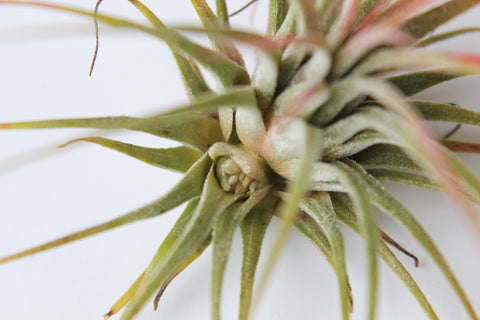
On average, air plants will create 1 to 3 pups after the blooming process. Some varieties can product many, many more.
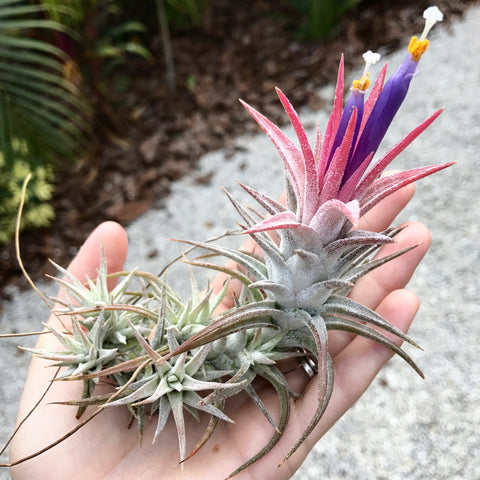
Separating Pups from the mother plant:
You can gently remove offsets from the mother plant when they grow to be about 1/3 the size of the mother. The pup will then continue through its own lifecycle, with proper conditions and care, growing larger and eventually blooming itself and producing its own offsets. To remove a pup, gently pull on the base of the pup while supporting the mother plant. An offset that is ready to be removed should separate easily without damage to mother or baby, so if you have to use too much force, we recommend leaving it in tact.
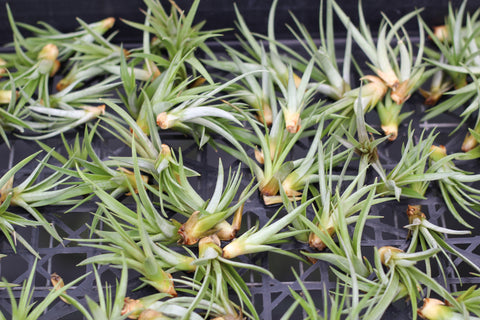
Forming an air plant clump:
If left un-separated from the mother air plant, the offsets will continue to form a “clump” which can grow to be quite impressive. The way that you store them will dictate the formation to an extent; by hanging clumping ionantha air plants, for example, the pups will be allowed to grow 360 degrees and should eventually form a spherical clump. With the right conditions, these air plant clumps can present multiple blooms as the individual pups continue their process through maturity, eventually blooming and continuing to produce their own pups.

Encouraging pup production:
Air plants product offsets, or pups, normally following the blooming process. All Tillandsia will go through this process at some point in their lifecycle, though some varieties like the xerographica air plant are much slower to bloom and produce pups. In order to thrive through the blooming process and produce offsets, Tillandsia require ample light (the level and intensity that your air plant prefers will vary based on type), water, and air flow. You can also use a fertilizer that is specially formulated for Tillandsia (such as this one) to speed up the blooming process and pup production but keep in mind that fertilizer should be used in moderation and does not replace proper care or conditions.
Learn about what happens before an air plant produces pups in our articles about the air plant blooming process, and what happens after the bloom.


